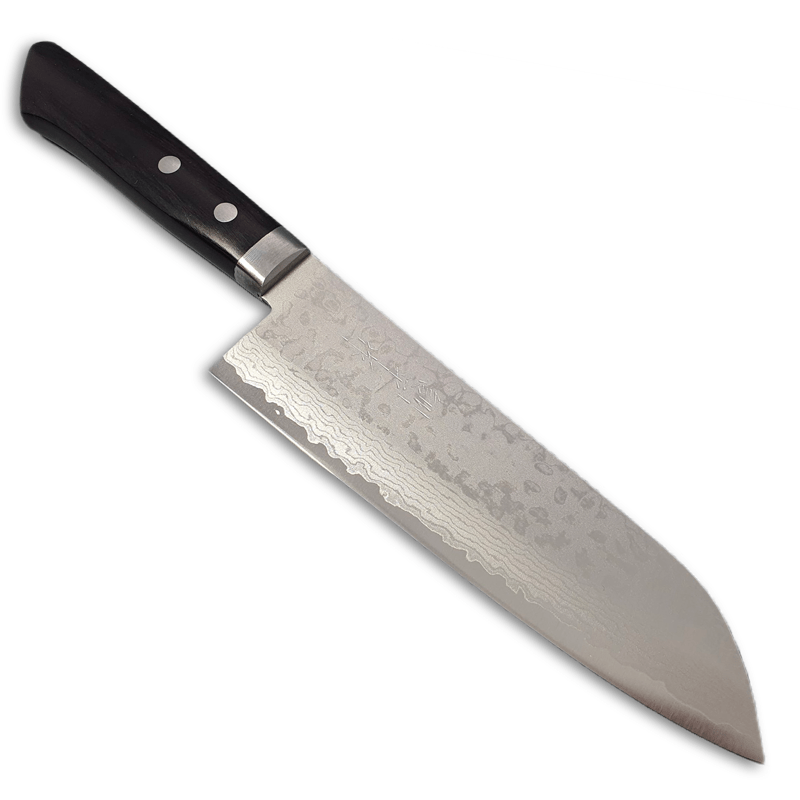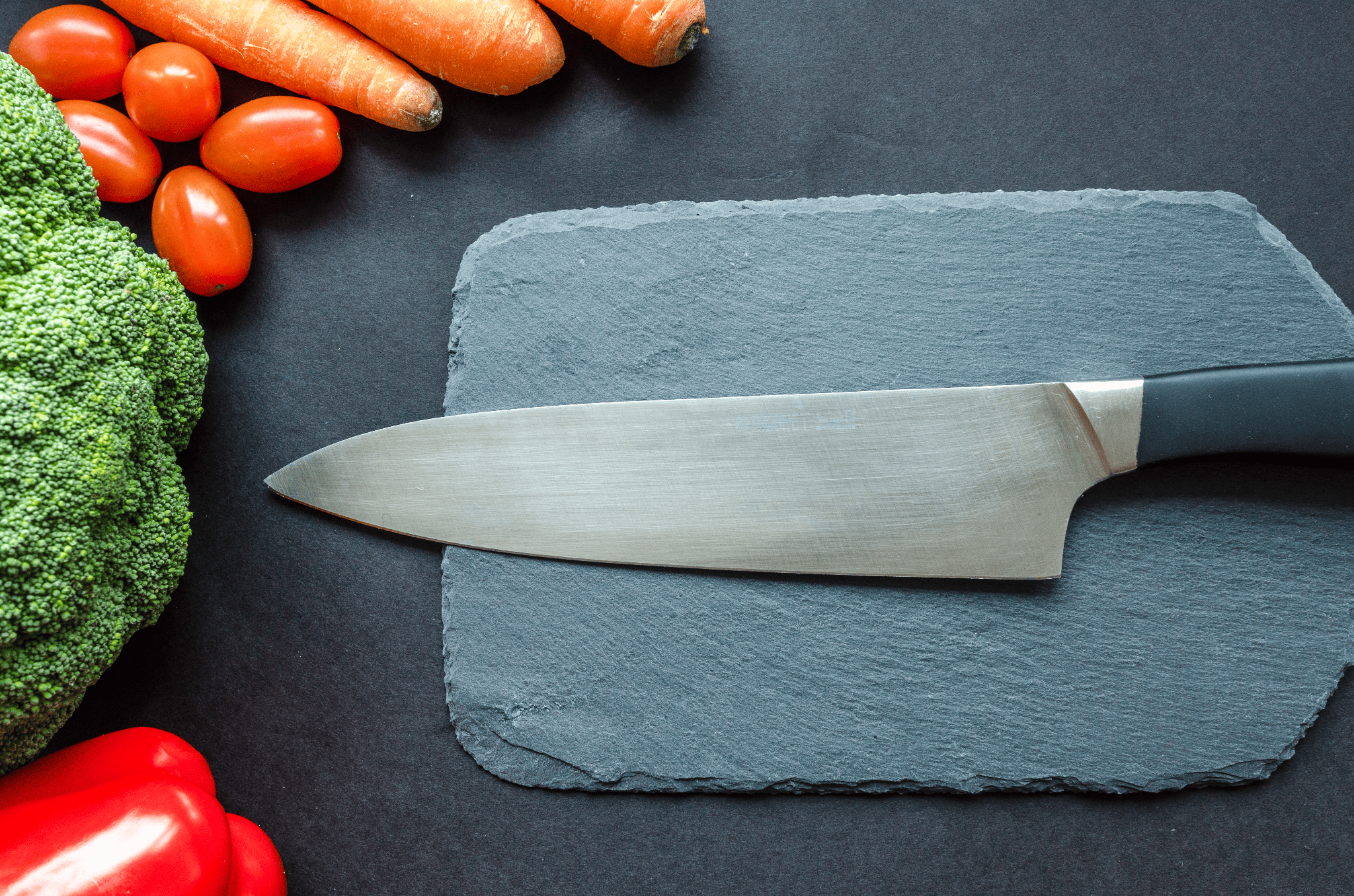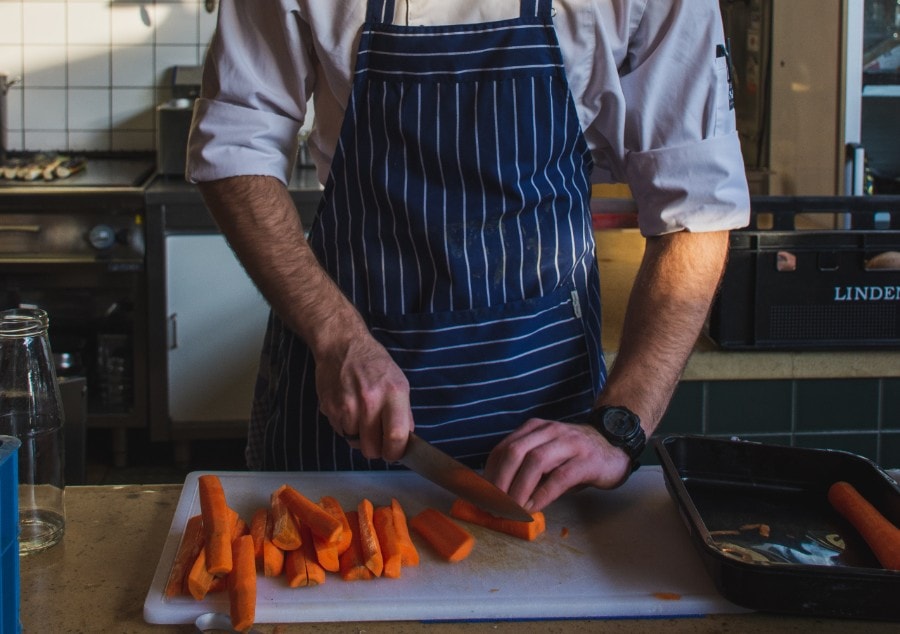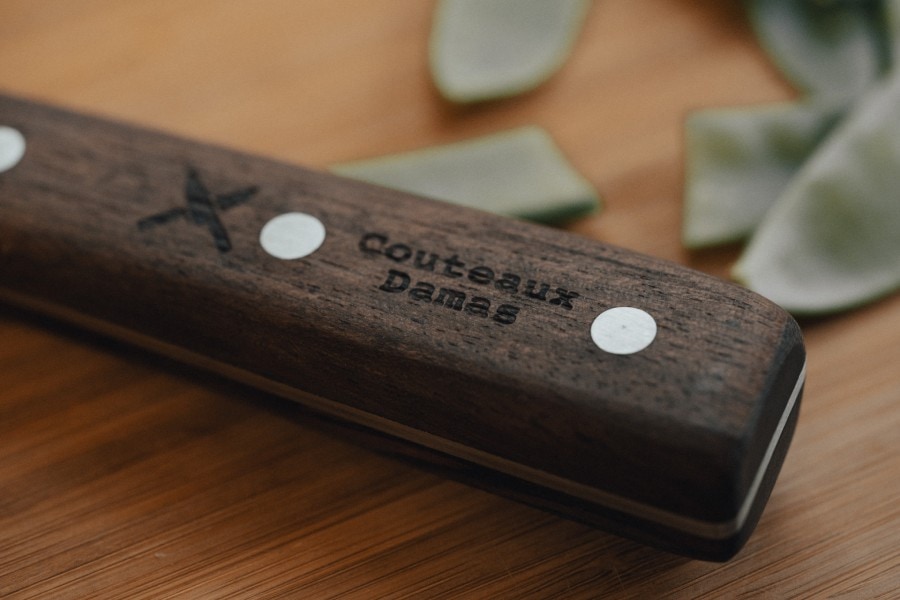It’s time for endless cutting. It’s your winter workhorse that prepares custardy roast sweet potatoes, savory butternut squash baking, or bright summer dishes. What are the cutting best boards that are available in various styles? What are good boards to cut? Can we get all the necessary parts? What was the greatest gift my mother-in-law gave me 35 years ago?
Introduction
A pro chef cutting board is a kitchen essential, providing a safe and durable surface for chopping, slicing, and dicing ingredients. Wood cutting boards are a popular choice among professional chefs, as they offer a number of advantages over plastic or other materials. However, not all wooden boards are created equal. In this article, we’ll explore the different types of wood cutting boards available, as well as what to look for when choosing the best one for your needs.
Types of Wooden Cutting Boards
When it comes to wood boards, there are three main types to consider: hardwoods, softwoods, and bamboo.

- Hardwoods: Hardwoods, such as maple, cherry, and walnut, are dense and durable, making them ideal for heavy use. They are less likely to dull knives and are resistant to warping and cracking. However, they can be expensive and heavy to handle.
- Softwoods: Softwoods, such as pine and cedar, are less durable than hardwoods and are more prone to warping and cracking. However, they are lighter and less expensive. They are not recommended for heavy use.
- Bamboo: Bamboo is a renewable resource and is an eco-friendly option. It’s harder than many hardwoods, it’s lightweight and affordable. However, it’s not as durable as hardwoods and can dent and scratch more easily.
It’s important to note that all types of boards made of natural wood require regular oiling and conditioning to maintain their durability and appearance.
When choosing a cutting board, it’s important to consider your specific needs, such as how often you’ll be using it and what type of food you’ll be preparing. If you are looking for a cutting board for heavy use, a hardwood board such as acacia would be a great option. If you are looking for an eco-friendly option, a bamboo cutting board could be a perfect choice.
Wood vs. plastic cutting boards: Which is better?
The topic is new and the arguments are compelling to both sides. Plastic boards are lighter than wood and require no maintenance. The board is cleaner. Scientists discovered wood boards are effective in killing bacteria. A study suggests the underlying causes are that plastic boards are more sensitive to knife slits and can act as tiny hosts for bacterial growth. Plastic cutting boards can be expensive and lightweight, but wood boards look more comfortable.
Factors to Consider When Choosing a Wooden Cutting Board
When looking for the best cutting board material, there are several factors to consider to ensure that you select the best one for your needs.
- Size: Consider the size of your kitchen and the space you have available for storage. Think about the types of ingredients you’ll be preparing and the size of your knives. A larger board can be useful for bigger tasks, but it may take up more space and be more difficult to store.
- Thickness: A thicker board is more durable and less likely to warp or crack, but it can also be heavier and more expensive. Thinner boards are more affordable, but they may not last as long and will need to be replaced more frequently.
- Grain: The grain of a wooden cutting board can affect its durability and appearance. Look for a board with a tight grain, which is less likely to absorb liquids and bacteria. Avoid boards with large knots or cracks, as they can weaken the board and make it more difficult to clean.
- Durability: Durability is an important factor to consider when choosing a wooden cutting board. Hardwoods such as acacia are more durable than softwoods and bamboo. They can handle heavy use and will last longer. Also, look for boards that are made from a single piece of wood, as they are less likely to warp or crack.
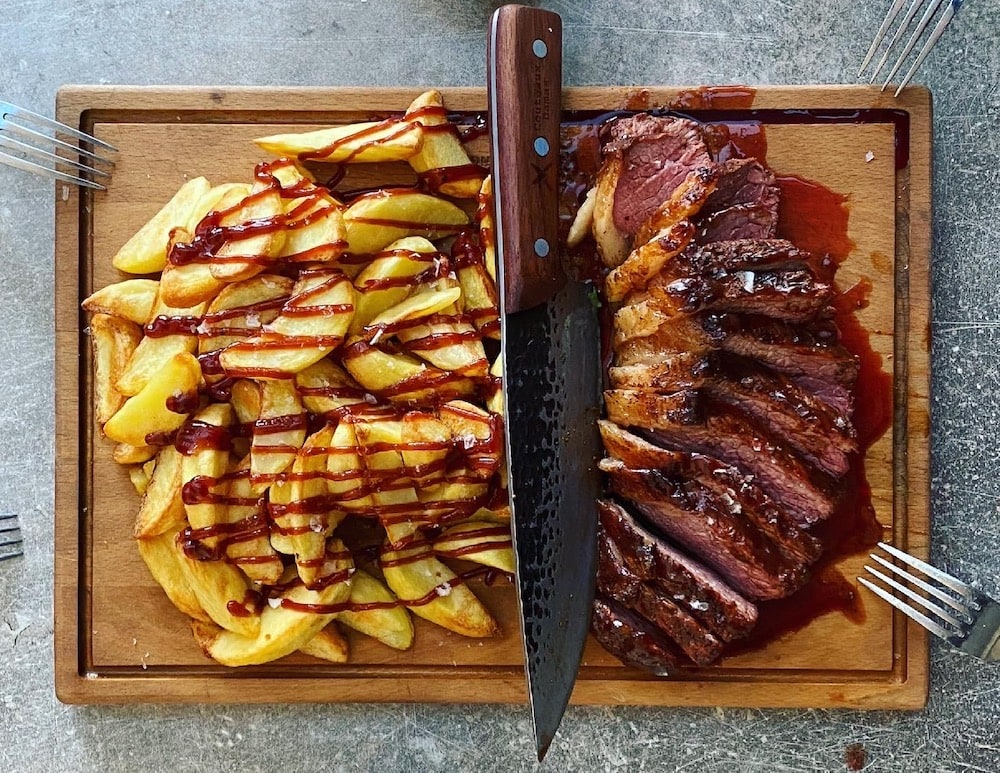
No to Glass Cutting Boards 🛑
Glass cutting boards are not recommended by most professional chefs and culinary experts. They are hard and unforgiving, and can dull knives more quickly than wooden or plastic cutting boards.
When a knife strikes a glass cutting board, it hits a hard surface that can chip or dull the blade. Glass boards are also more slippery than other materials, which can make them difficult to use and increase the risk of accidents.
Additionally, they can be heavy and can break if dropped. They also do not absorb odors or stains like wood or plastic cutting boards.
Overall, while glass cutting boards can be attractive and easy to clean, they are not recommended for heavy use because they can dull knives and are hard on knife edges. Wooden or plastic cutting boards are a better option as they are more forgiving and can prolong the life of your knives.
Other materials
Some cutting boards come with additional features, such as rubber feet or handles, which can make them easier to use and store. Also, you can find composite cutting boards which are made from a combination of different materials, such as wood and plastic. These types of cutting boards are known as rubber cutting boards and they have their own benefits and drawbacks.
Ultimately, the best cutting board material will depend on your specific needs and preferences. Consider the frequency of use, the types of ingredients you’ll be preparing, and your budget when choosing a wooden cutting board.
Recommendations from Professional Chefs 🧑🍳
When it comes to the best cutting boards, professional chefs have their own preferences and recommendations. Here are a few of the most popular choices among chefs:
🪵 Acacia Wood Cutting Board
Acacia is a popular choice among professional chefs because of its durability and resistance to warping and cracking. It’s also a sustainable and eco-friendly option. Acacia wood cutting boards are known for their unique patterns and colors, making them a stylish addition to any kitchen.
🍁 Maple Cutting Board
Maple is another popular choice among professional chefs. It is a hardwood that is known for its durability, resistance to bacteria, and ability to keep knives sharp. Maple cutting boards are easy to clean and maintain and are available in a variety of sizes and thicknesses.
🎋 Bamboo Cutting Board
Bamboo cutting boards are an eco-friendly option and are durable and lightweight. They are hard and dense, making them a great option for heavy use. They are also usually the most affordable but they might not last as long as some harder woods.
🐿️ Walnut Cutting Board
Walnut cutting boards are a popular choice among professional chefs because of their durability and resistance to warping and cracking. They are made from hardwood, which makes them more durable than softwoods and bamboo cutting boards. Walnut cutting boards have a rich, dark color and a tight grain pattern that makes them attractive and easy to clean. They are also less prone to absorb liquids and bacteria compared to other woods. Walnut cutting boards should be oiled and conditioned regularly to maintain their durability and appearance. Overall, walnut cutting boards are a great option for heavy use in the kitchen, and they are known for their durability and easy maintenance.
Composite Cutting Boards
Composite cutting boards are made from a combination of materials such as wood and rubber. They are known for their non-slip feature and are easy to clean.
It’s important to note that all cutting boards, regardless of the type of wood, require regular oiling and conditioning to maintain their durability and appearance.
When it comes to the best cutting board, it’s ultimately a matter of personal preference. However, the recommendations above are a good starting point when looking for a wood cutting board that will stand up to heavy use and last for years to come.
What is the healthiest cutting board material?
The healthiest cutting board material is a matter of debate among experts, and different materials have their own advantages and disadvantages. However, some materials are considered to be safer than others when it comes to food preparation.
- Bamboo: Bamboo is considered to be a healthy choice because it’s a renewable resource and it’s eco-friendly. It’s also harder than many hardwoods, it’s lightweight and affordable. However, it’s not as durable as hardwoods and can dent and scratch more easily.
- Hardwoods: Hardwoods, such as maple, cherry, and walnut, are dense and durable, making them ideal for heavy use. They are less likely to dull knives and are resistant to warping and cracking. However, they can be expensive and heavy to handle.
- Plastic: Plastic cutting boards are considered to be one of the most hygienic options because they’re non-porous, which means they’re less likely to harbor bacteria. They’re also easy to clean and sanitize. However, plastic cutting boards can become stained and can also dull knives more quickly than other materials.
- Glass: Glass cutting boards are not recommended as they can dull knives more quickly than wooden or plastic cutting boards. They are hard and unforgiving, and can dull knives more quickly than wooden or plastic cutting boards.
Ultimately, the best cutting board material will depend on your specific needs and preferences. To ensure the safety of your food and the longevity of your cutting board it’s important to clean and sanitize the board regularly and to use the appropriate cleaning materials.
Care and Maintenance of your Wood Cutting Board
To ensure that your wood board lasts for many years, proper care and maintenance are essential. Here are a few tips for keeping your wood board in top condition:
🧽 Cleaning and sanitising
After each use, wash your cutting board with warm soapy water and dry it thoroughly. To sanitize, you can use a solution of one tablespoon of bleach per gallon of water, or use a food-grade mineral oil.
🧴 Oiling and conditioning
To keep your wood cutting board from drying out and becoming brittle, it’s important to oil it regularly. You can use a food-grade mineral oil or a food-safe wood conditioner. Apply the oil with a clean cloth, spreading it evenly over the surface of the board. Allow the oil to sit for 15 minutes, then wipe off any excess with a clean cloth.
🗄️ Storing and protecting
When not in use, store your wood cutting board in a cool, dry place. Avoid storing it in a damp or humid area, as this can cause warping and cracking. To protect your cutting board from scratches and stains, you can use cutting board wax or beeswax.
🫒 Don’t use olive oil to treat a cutting board
It is possible that natural oils can help treat wood cutting boards. However, olive oil is not typically recommended for oiling wooden boards. While olive oil is safe to use as a food ingredient, it is not recommended for use as a cutting board oil because it can become rancid over time. Rancid oil can attract bacteria and can also have an unpleasant smell.
It is recommended to use food-grade mineral oil or a food-safe wood conditioner to oil your cutting boards. These oils are specifically designed for use on cutting boards and are safe to use in contact with food. They will not go rancid and will not attract bacteria, which ensures the safety of your food and the longevity of your cutting board.
It’s important to note that some woods, like bamboo, should not be exposed to water for long periods as it can cause the board to warp. Also, some types of cutting boards like the ones made in acacia should be oiled more frequently than others.
By following these care and maintenance tips, your cutting board will remain in good condition and provide you with many years of use.
Frequently Asked Questions about Choosing a Wood Cutting Board
Are wooden cutting boards better than plastic?
Wooden cutting boards have a number of advantages over plastic cutting boards. They are more durable, less likely to warp or crack, and are better for keeping knives sharp. They also have a more natural look and feel, and are more eco-friendly. However, plastic cutting boards are easier to clean and sanitize and are less porous, which means they’re less likely to harbor bacteria.
How do I know when my cutting board needs to be replaced?
If your wood cutting board is becoming thin, it’s time to replace it. Also, if it is showing signs of deep grooves or cracks, it’s time to replace it. These grooves and cracks can harbor bacteria and make it difficult to clean.
Can I put my cutting board in the dishwasher?
It’s not recommended to put a wooden board in the dishwasher, as the heat and moisture can cause warping and cracking. It’s best to wash it by hand with warm soapy water and dry it thoroughly.
Is acacia wood antibacterial?
Acacia wood is not inherently antibacterial. However, it is known for its hardness and tight grain pattern, which makes it less porous and less likely to absorb liquids and bacteria compared to other woods. This can make it more resistant to bacterial growth compared to other woods.
Can I use any oil to oil my cutting board?
No, not all oils are safe to use on a wooden board. It’s important to use a food-grade mineral oil or a food-safe wood conditioner. Oils that are not food-safe can be harmful if ingested and can also go rancid over time which can attract bacteria.
By understanding the care and maintenance required for your cutting board and being aware of the potential risks, you will be able to enjoy your wooden board for many years to come.
Conclusion
A cutting board is a versatile and durable kitchen essential that can last for many years with proper care and maintenance. In this article, we’ve explored the different types of wood cutting boards available, as well as what to look for when choosing the best one for your needs. We’ve also shared recommendations from professional chefs, as well as tips for caring for and maintaining your favourite cutting board.
When choosing a board, it’s important to consider factors such as size, thickness, grain, and durability. Hardwoods such as acacia and maple are popular choices among professional chefs because of their durability and resistance to warping and cracking. Bamboo is also a great eco-friendly option.
It’s important to remember that all natural cutting boards require regular oiling and conditioning to maintain their durability and appearance. Also, keep in mind that some types of wood should be oiled more frequently than others.
In summary, the best cutting board for you will depend on your specific needs and preferences. With the right board, you’ll be able to prepare delicious meals for years to come.
